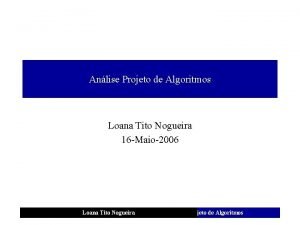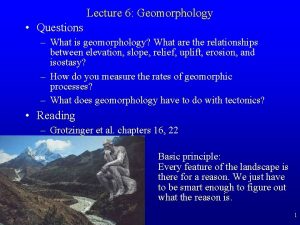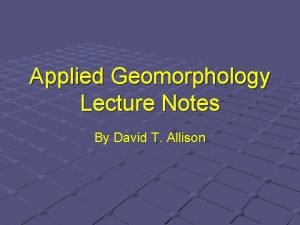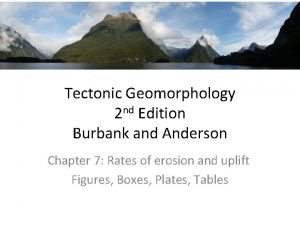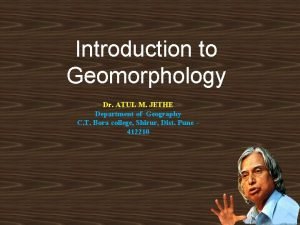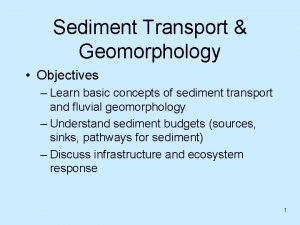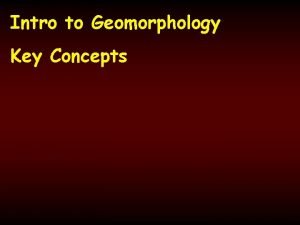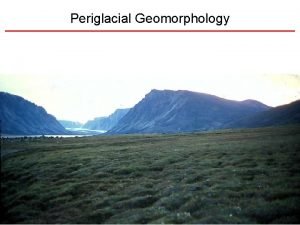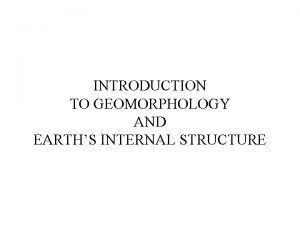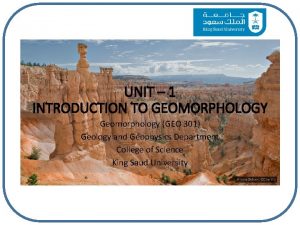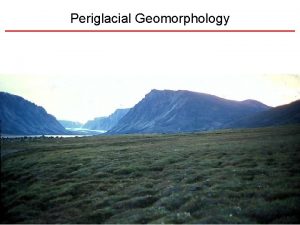LOANA VALLEY The geomorphology of Loana Valley THE








- Slides: 8

LOANA VALLEY The geomorphology of Loana Valley

THE INSUBRIC LINE Loana Valley is crossed by the Insubric Line: • IN THE NORTH: the rocks have an Alpine origin and they are more deformed, so the valley is more prone to landslides • IN THE SOUTH: the rocks derive from an orogenesis which occurred before the Alpine one. They are more stable

INTERACTION BETWEEN MAN AND NATURE The man built a protective wall to defend the human settlements from landslides and floods in the south part of the valley called la Cascina. Currently the Loana stream is forced to flow in an artificial bed due to human intervention to create a plain for grazing activities.

THE ORIGIN OF THE LANDSCAPE The Loana valley is a U-shaped valley and it was shaped by Pleistocene glaciers. After the glacial retreat new processes became dominant.

POLY-GENETIC LANDFORM Depositional landforms deriving from the debris transported by water, gravity and snow. For this reason this landform is classified as poly-genetic. We can see that on the surface there aren’t trees and there is an important presence of wood lying on the ground.

PIZZO STAGNO LANDSLIDE It’s a complex landslide generated in corrispondence of a very weak rocky zone. The hydrographic cone has been formed by the action of water and gravity that found an easy way to act on these less resistant rocks. The debris accumulation partiallty occluded the Stagno stream and the waters draining the stream moved this debris down-valley generating debris flows. We noticed that there are some differences between the southern part and the northern part of the cone: • the northern part is constituted by active debris flow channels • the southern part is constituted by inactive debris flow channels We understood these differences thanks to dendochronology studies. Infact we noticed that in the southern part the trees are older than the trees in the northern part.

Geomorphological box

Thank you! Grazie! Kiitos! Martina Luca Alessandro Matteo Silja Iida

